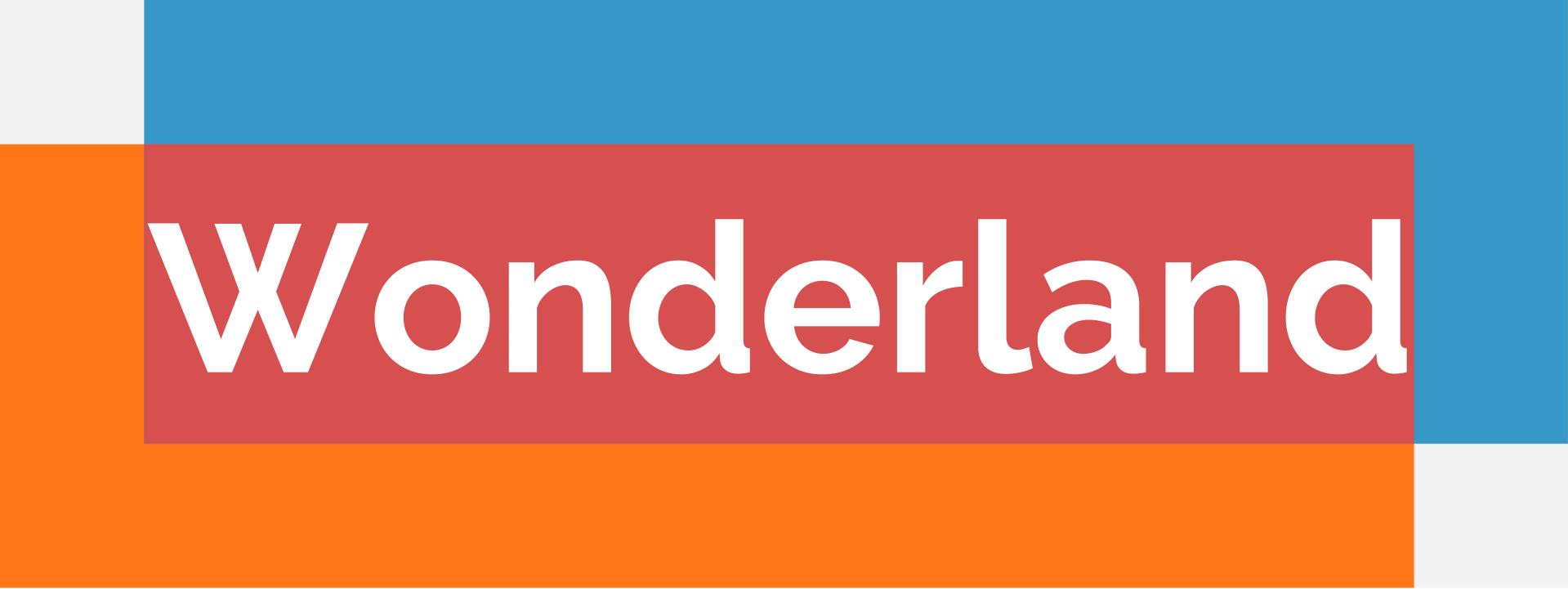Introducing the top 10 SaaS trends for 2020

The world of SaaS is constantly changing, so we want to know: what are the key SaaS trends we should expect to see in 2020?
SaaStock brings together the brightest minds in SaaS – so where better to pick their brains about the SaaS trends we should know about for the new year. We asked 11 experts – from founders, CEOs and senior marketers, to investors and VCs – and came up with this list of the top ten SaaS trends for 2020.
1) Product-led growth
In 2019 we’ve been hearing more about product-led growth – but 2020 might just be the year it heads centre-stage. While most companies focus their marketing and sales efforts on external acquisition channels to drive demand, in some cases your product can be the driver for your growth.
One of the core tenets of product-led growth is the idea of tracking and measuring product usage – and using that data across your whole business to drive growth.
For example, Sales teams can use product data to identify good-fit customers who are an opportunity to upsell to; Customer Success teams can use it to understand the health of their customers, and to identify low-usage customers who may be at-risk of churn; and Engineering teams can use it to better align their roadmap decisions with the features and functionality that provide most value to the customer.
2) Product positioning
The Martech 5000 supergraphic is one of the most widely recognised graphic in SaaS. It crops up in slides at dozens of conferences because it’s so perfect for illustrating how ubiquitous SaaS – and in particular marketing technology – has become.
So one of the biggest – and arguably most important – trends we’re expecting to see in 2020 is differentiation. Whether that’s startups focusing more closely on specific verticals, geographies or sub-industry, it’s clear that you can no longer hope to build a SaaS company that appeals to everyone. Going niche may be the best strategy for emerging startups in 2020.
3) Prioritising profitability and sustainable growth
For too long SaaS founders have fallen into the trap of chasing growth at all costs. They spend big to acquire new customers, in the hope that acquiring ever-higher customer numbers will propel their growth that bit further...
Source: SaaStock
READ MORE
2020 technology industry outlook

Edge computing is accelerating growth in technology
Cloud computing and artificial intelligence will once again dominate the technology headlines, but 2020 could be a breakout year for edge computing. Deloitte’s global technology, media, and telecommunications industry leader, Paul Sallomi, shares his perspectives on the advantages of processing data locally and how partnerships will play a key role in accelerating growth in technology.
Last year, we emphasized the growing importance of partnerships as a strategic tool that every technology company should employ. Until recently, strategic discussions typically began with the following question: “Should I buy or build?” As we head into 2020, that question should be modified: “Should I buy, build, or partner?”.
With fast-paced developments in emerging technologies, partnerships can be critical for tech companies looking to enhance their existing solutions or provide more targeted offerings. Based on the key strengths and expertise of partners, companies can pursue research and development; offer more integrated solutions across their hardware, network, platform, or software stack; or target different markets altogether. Tech companies have leveraged this model extensively to offer improved products and services across areas like AI, cloud, and processing.
For many companies, this approach will require a permanent shift in their overall mindset. But today’s ultra-competitive, highly complex technology environment demands nothing less. After all, why buy an asset that’s not best-in-breed when you can team with someone who has the specific capabilities you need? Partnering represents a more efficient use of capital and will probably drive better outcomes.
This “partnership” concept also extends to multiplayer alliances—complex ecosystems of providers who combine best-of-breed assets to create end-to-end solutions for clients. Successful ecosystems are those that simplify issues like systems integration and contractual obligations so that the customer experience is transparent.
When it comes to strategies for developing and expanding their cloud business, many tech companies are increasingly shifting toward the everything-as-a-service (XaaS) model, which encompasses capabilities such as platform-as-a-service (PaaS), infrastructure-as-a-service (IaaS), and software-as-service (SaaS).
Within the PaaS environment, database and application platform services represent the largest market segments, with blockchain, digital experience, serverless, and AI/machine learning platform services the most recent offerings.13 The global IaaS market is mainly driven by advantages such as improved disaster recovery, ease of deployment, and platform scalability.14 Larger than PaaS and IaaS,15 the worldwide SaaS market features solution providers that leverage microservices to offer customizable end-to end solutions, increased agility, and better ROI measurement.16
Tech companies are also offering new solutions like security-as-a-service, data-as-a-service, and device-as-a-service to help companies deliver XaaS benefits, such as operational efficiency and faster innovation...
Source: Deloitte
READ MORE
Aligning your business strategy to an evolving SaaS marketplace

Ten Key Strategies For Pivoting Enterprise Applications To SaaS
Organizations of all sizes are shifting their operations towards software as a service (SaaS) applications. To capitalize on that market opportunity, it’s important for solution providers to understand the trends that are shaping the market—and tailor their business strategies to solve for their customers’ evolving needs.
Understanding SaaS market trends
The enterprise software market is undergoing a foundational change. After decades of IT-led buyer models, line-of-business (LOB) stakeholders are developing an increasing say in purchasing decisions, especially for the LOB applications they use on a day-to-day basis. This shift is deepening the focus on SaaS products and the innovative companies building them.
This shift in solution purchasing and management models—one of the ten key strategies explored in the following Forrester report—means customers are looking for applications that are easily implemented, reliably updated, and scalable to users’ flexible needs. A SaaS solution provider that can meet such customer demands is well-positioned to capitalize on this growth opportunity.
But crafting a business model tailored to that market need—as well as the other nine customer strategies detailed in this report—isn’t an exact science. The needs of the enterprise customer vary dramatically from those of small and midsize businesses, especially across various industries. Building a solution and market strategy that can find a scalable space in the buyer ecosystem takes a strategic partner that can help you both accelerate your application to the marketplace and grow your customer base.
Using a software-as-a-service (SaaS) model, enterprises can focus on business outcomes instead of working around technology limitations. SaaS clients enjoy faster, more flexible deployment and more frequent automatic updates
to accelerate the pace of innovation. SaaS standardization streamlines R&D and unlocks new collaboration and sharing potential. This report provides applications development and delivery (AD&D) professionals with actionable advice for putting SaaS at the center of their strategy...
Source: Microsoft
READ MORE
The Top 36 SaaS Companies & Products to Watch in 2020

It's undeniable that software as a service (or SaaS) is growing rapidly. In fact, based on a survey conducted by BetterCloud, 73% of organizations who responded said that at least 80% of their apps will be SaaS by 2020. That's a percentage that's expected to grow past 2020, too.
In this post, let's explore what a SaaS company is, what it sells, and how to follow its business model. Then, we'll look at the top SaaS companies that have been successful using this approach.
SaaS companies are organizations that use software to provide customers with a service. These businesses create, develop, host, and update the product all from one central location. SaaS businesses have immediate access to an unrestricted global market and can grow without raising product delivery costs.
SaaS is changing the way organizations work. SaaS products distribute data online to be accessible from a browser on any device. Companies can then continue to host the software and provide constant IT support. This allows for stronger network security, greater collaboration, additional features, and straight-forward, upfront prices.
Strongest SaaS Companies and Products
This data was collected by G2 Crowd. G2 Crowd uses Grid® Scoring Technology, which establishes its scores of top companies and products on a scale of 0-100 based on user reviews, online sources, and social networks. You can read more about the Grid® Scoring Technology here.
1. HubSpot
HubSpot is an inbound marketing software company with tools focused on CRM, social media marketing, content management, web analytics, and SEO. It was ranked 74 in market presence and 95 in satisfaction with an overall score of 90.
Get started with our free CRM. Or take a look at all the features available in Marketing Hub, Sales Hub, or Service Hub.
Type of SaaS Company: B2B, B2C
2. Google
Google owns 137 products that are focused on Internet-related services, like its search engine, digital analytics, document creation, online advertising, and more. According to G2, it was ranked 92 in market presence and 94 in satisfaction with an overall score of 93.
Type of SaaS Company: B2B, B2C
3. Adobe
Adobe owns over 50 computer software products in digital media and marketing, printing, and publishing. In this report, it was ranked 86 in market presence and 92 in satisfaction with an overall score of 91.
Type of SaaS Company: B2B, B2C
4. Slack
Slack owns three products. Its main product, Slack, is a collaboration and chat tool that allows for internal messaging, video conferencing, and productivity bots. It was ranked 85 in market presence and 100 in satisfaction with an overall score of 94.
Type of SaaS Company: B2B
5. MailChimp
MailChimp is a marketing software company that owns three major products. Its main product, MailChimp, is an email marketing platform that allows you to schedule automated emails and track their results. This product was ranked 85 in market presence and 99 in satisfaction with an overall score of 94.
Type of SaaS Company: B2B, B2C
For companies 6-36, click "Read More"
Source: Hubspot
READ MORE


